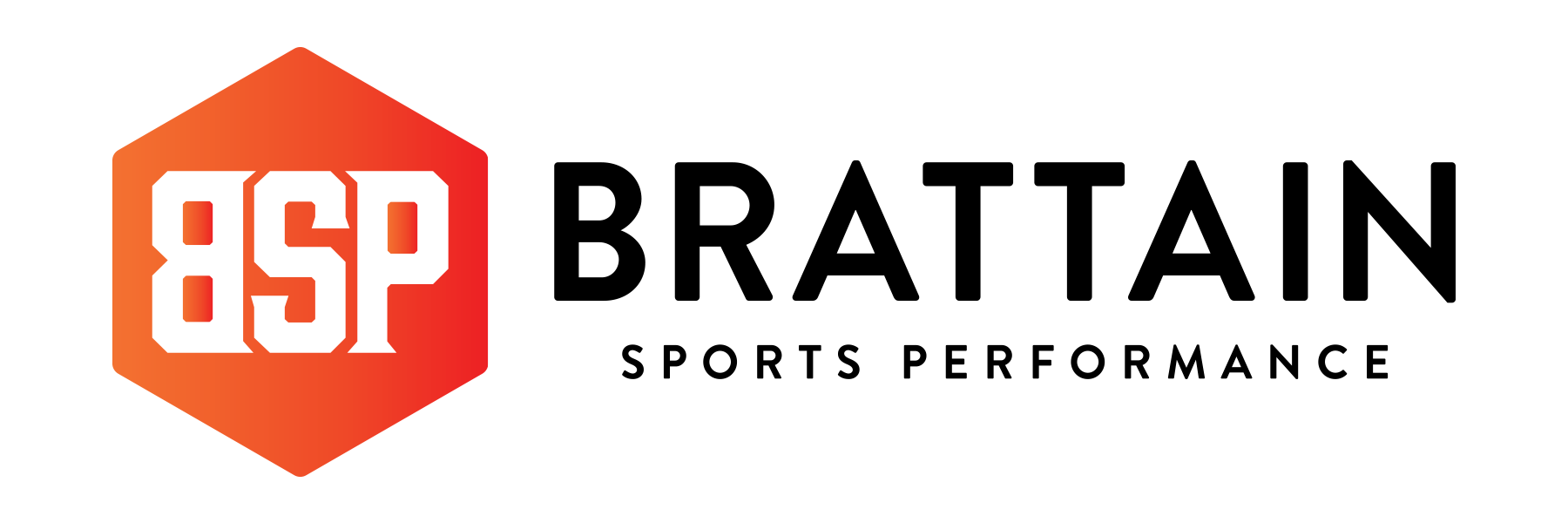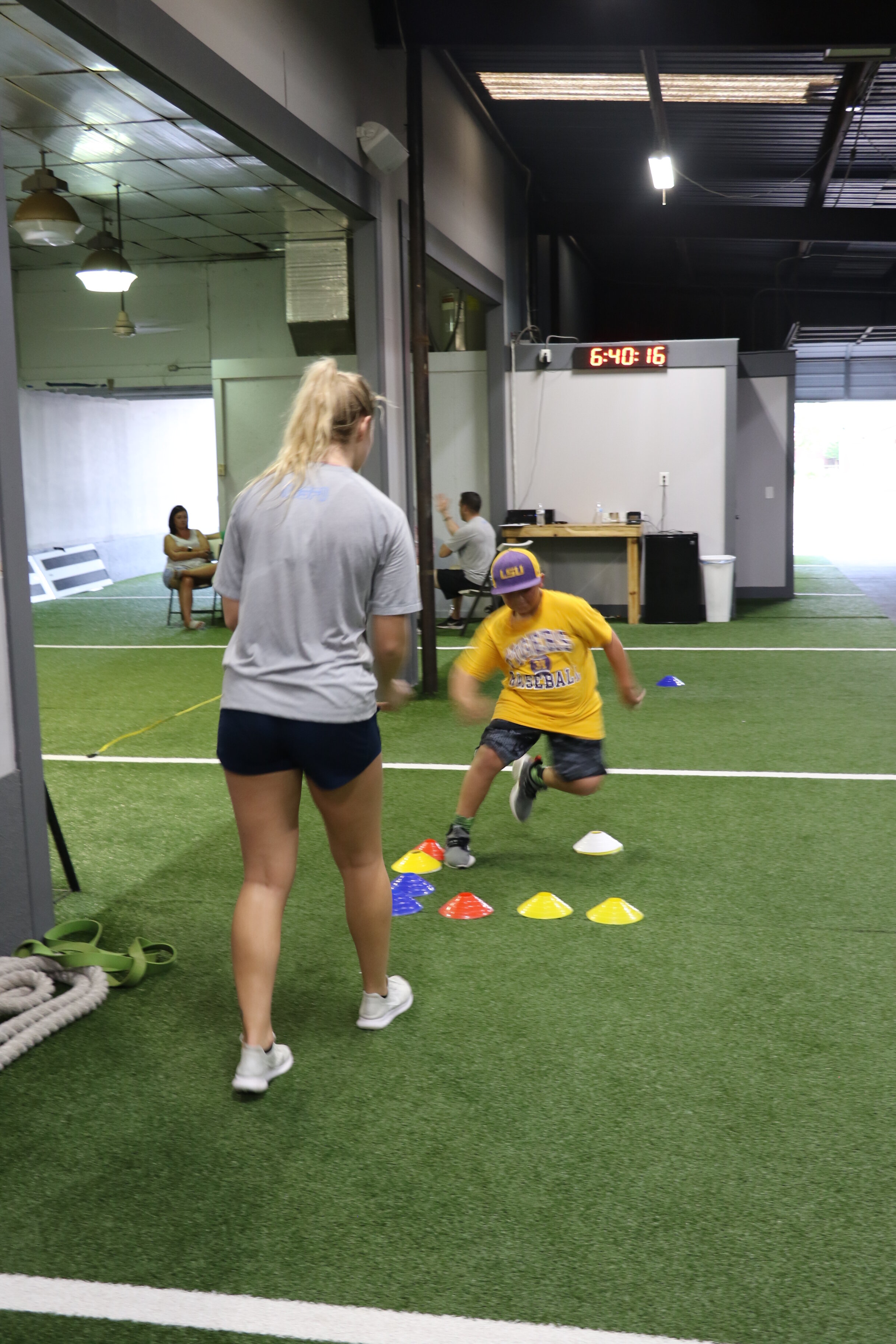Youth Training: Where Do We Begin?
Many parents today want to give their children the best opportunity to succeed. They afford their children these opportunities in school, sports and even in the social aspect of life. Part of being a great parent is preparing your children, right? However, at what point are parents placing children in an arena that the child is not prepared for.
During my time in the private sector, Sports Performance Gyms, I was asked many age related questions regarding proper introduction to training. Sadly, they were the wrong questions. Many times the questions were regarding lifting weights or competing at high levels. The question I would prefer to hear with regard to young children is, “When should my child begin any type of formal movement training?”.
During my years as a sports performance coach I have had different views regarding this topic. As a young coach I believed it was important to start working with athletes at an early age in order to expose them to proper technique and training. However, I did not believe that athletes should begin lifting weights until their early teenage years. Then, after fielding many parent questions regarding youth resistance training I began to delve deeper into the research to understand the benefits and draw backs of youth resistance training at a greater level. After discovering that resistance training indeed does not cause injury within long bone epiphyses or cause adverse effects to eventual growth height in young athletes, as so many people believe it does, I decided that again it was good to introduce athletes to resistance training at a young age in order to improve their comfort with these movements. One disclaimer that must be added is that light weight was used when performing these resistance training movements. When I refer to resistance training with young athletes I am referring to primarily body-weight movements such as squats, lunges, push-ups and some type of pulling movement. After all, strength training begins as a toddler with our first roll, crawl, and squatting patterns. Even at just months of age we are using coordinated movement to increase our strength. After a few years of training with the mind set of introducing athletes to resistance training at an early age I began to notice these young athletes were missing certain movement components that were crucial to their development. Many of these athletes, at the ages of 10-14 years old, were unable to jump rope, skip, or even balance while walking in a tandem fashion (i.e. heel-to-toe). This was appalling and eye opening to me at the same time. I was trying to teach young athletes how to sprint at sub-maximal velocities and perform highly technical Olympic lifts before they could master the basics. The question was, how do I revert back from here?
From day one of coaching I have made it very clear to parents that my job as a sports performance coach is to help create an efficient, productive ATHLETE. I, in no way, am aiming to create a better basketball player, football player, or track athlete directly through my training. It is the job of the sport coach to make them sport-specific players.
Now we have to figure out, as sports performance coaches, how to create these ATHLETES. I believe this progression must start with the basics. Even now as I work with NBA players and USA Track and Field athletes I will begin all these athletes at the same spot, on their backs, lying on the ground. We will begin at least one session per week with breathing, rolling, and crawling patterns. Once they have completed those we will progress to “squat to stands”, walking, and skipping patterns. You may think I am crazy, but in order for us to perform at a high level we must make sure we are completely warm, activated and moving properly. What better way to do this than to go through the same learning progression that we autonomously and subconsciously went through during the growing process? The second component to this is that it allows me to pinpoint areas where my athletes may have skipped a step in the progression. This set up allows me to see their movement foundation and help make sure that each person’s foundation is solid.
For those of you who think I am crazy for doing this, I once watched an all-star NBA player walk up a flight of stairs in a hinge position as if God had not placed a set of glutes on the man’s body to hold him erect. He was climbing these stairs with his hamstrings and low back. When I asked him about it he had no idea that he was doing it and exclaimed that he had climbed stairs that way his entire life. I can proudly say he now climbs stairs like a normal human, glutes engaged, spine erect, and all.
So, when it comes to our youth athletes (ages 7-11), what should we be doing? When I first see a youth athlete for training there are a few questions that come to mind:
· What is their movement foundation?
· Are they active outside of training?
· Have they performed the movements that I am about to introduce before this moment?
· Do they play multiple sports or have they focused on just one?
Many of these questions can be answered by the parents or the athlete, however I like to observe and evaluate for myself as well. While listening to an interview with Lee Taft, a leader and innovator within the realm of speed and agility training, months ago he mentioned that he will assess young athletes by watching them play a game of tag. My first thought, “BRILLIANT! Why are we all not doing this?”. Through the observation of this game he can see which athletes are able to accelerate and decelerate, move laterally, accept external cues and react based on that input of information. Based on what we observe from this analysis we can better understand where we are going with our programming.
Now from that information we must design a program for each athlete for the duration of their time with us. As coaches, performance and sport specific alike, we must realize that we should be preparing these athletes to be successful at 18-22 years old as opposed to training them to be “combine ready” at the age of 12. As one great strength coach, Joe Kenn, always said we must “slow cook” our athletes to get the most out of them. This means that if you are max squatting a 14 year old or asking him to run a 40 yard dash as if his starting spot relied on it then you are more so passing the meat through the fire and charring the outside than allowing it to moisten and add flavor over time.
At the end of the day this is a topic that needs to be addressed by two parties. Parents- Get your kids outside moving around, using their imagination, and pushing their limits. If nothing else, throw them outside on a sunny day, they will figure it out. Coaches- When you come across athletes who are missing links in their developmental movement chains take a step back and address the issues. We as a culture have gotten away from the days of “Imaginative Training”: Walking on curbs, Hopscotch, Double Dutch, jumping from rock to rock to avoid the imaginative “lava”. These games were the tools that taught us how to be athletes. We as parents and coaches need to step in to create these opportunities for our children to learn and grow. Without these opportunities the gap will continue to widen between kids who function with efficient, fundamental, daily movements and those who move like bags of mush.


